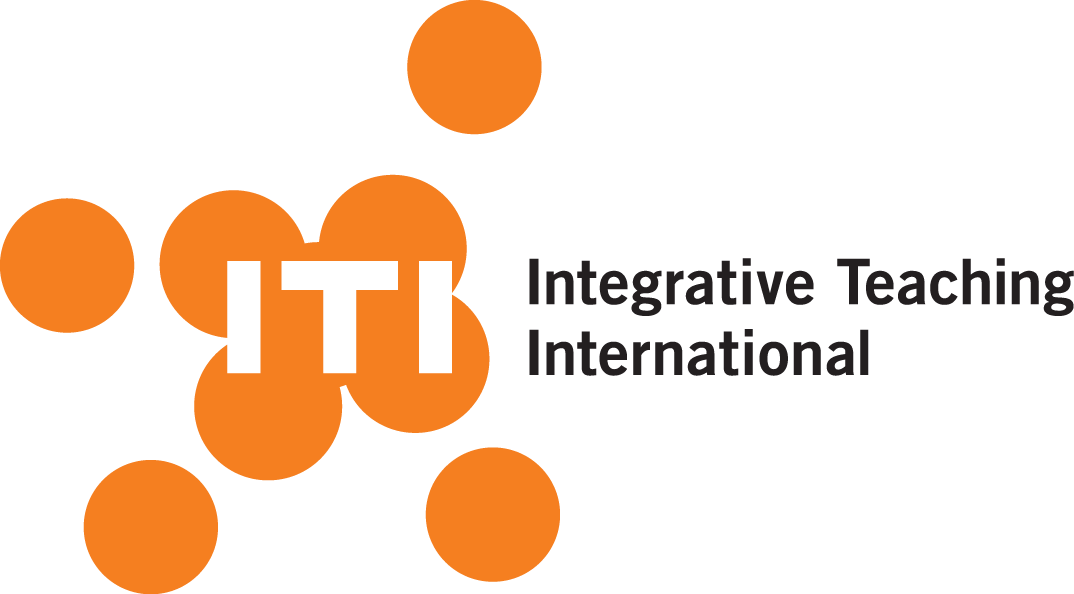Think Tank 11:
Art and Design Education in the … ?!?
Unfortunately Think Tank has been cancelled this year. ITI is working with SECAC, FATE, and other arts organizations to provide special sessions on some of the topics below. More details will be posted shortly. Thank you for your continued support of innovative art and design pedagogy!
1. Post-Covid: Recruitment, Retention and Enrollment Pressures on Classrooms and Curricula
In light of the recent closures, mergers, and restructuring of many independent art schools and programs such as the University of Wisconsin who decided to stop offering six liberal art majors, including two- and three-dimensional art, and history. What are the lessons, implications, and strategies that might be explored for both private and public art institutions? How might impacts and responses differ for schools and departments within large, R-1research universities as opposed to smaller liberal arts colleges? How does the pressure to recruit—and retain—students impact the classroom, teaching styles, and research? This session will explore these—and related topics—from cultural, social, economic, and pedagogic perspectives.
2. Climate Changes Everything: Art and Design Education Going Forward
There is a growing chorus amongst the arts community to be at the forefront of not merely highlighting environmental issues, but taking action. From groups such as the Green Art Lab Alliance (GALA), “a partnership between 18 European cultural organizations which aims to explore what environmental sustainability means for the visual arts and design,” to the Green Arts Web, “a resource for those who want to be more informed about the practices and theories of environmental art,” there are increasing calls for localization. What are the implications for travel to conferences, the materials we use in our classrooms, studios, and for our institutions concerning our carbon footprint? What is the implication for groups such as ThinkTank itself? A more regional or even localized structure? Virtual presentations through robust online platforms? When approaching the classroom, curriculum, and creative practices should we also begin to explore environmental sustainability and green practices? How could/would/should these environmental green-friendly practices impact the visual arts and design?
3. The “Socially” Constructed Self: Expression in the Dis- and Hyper-Connected Era
Much—perhaps too much—has already been said about the disconnect between our hyper-connected virtual, digital lives and our decreasingly face-to-face “real” lives. Studies have shown that “‘Hyperconnection’ is related to irritability, anxiety, insomnia, and isolation due to extending on-work hours. It is caused by the erosion of barriers between private and work life, also contributing to elevated patterns of sedentary behavior and mortality.” Artists have long understood what a 2010 study published in the American Journal of Public Health stated: “there is evidence that engagement with artistic activities, either as an observer of the creative efforts of others or as an initiator of one's own creative efforts, can enhance one's moods, emotions, and other psychological states as well as have a salient impact on important physiological parameters.” How can we use art to increase connectivity? Develop a sense of community?

